eFax How-Tos
How to Fax JPEG Picture File: A Step-by-Step Guide
Faxing images is one of the safest ways to send JPEGs to your recipients. The next time you have to send a picture as a fax of your ID or passport for a job, you can use eFax to send it. Your recipients can trust that the attachment doesn’t contain a virus or spam.
5 Easy Steps to Fax a JPEG Picture
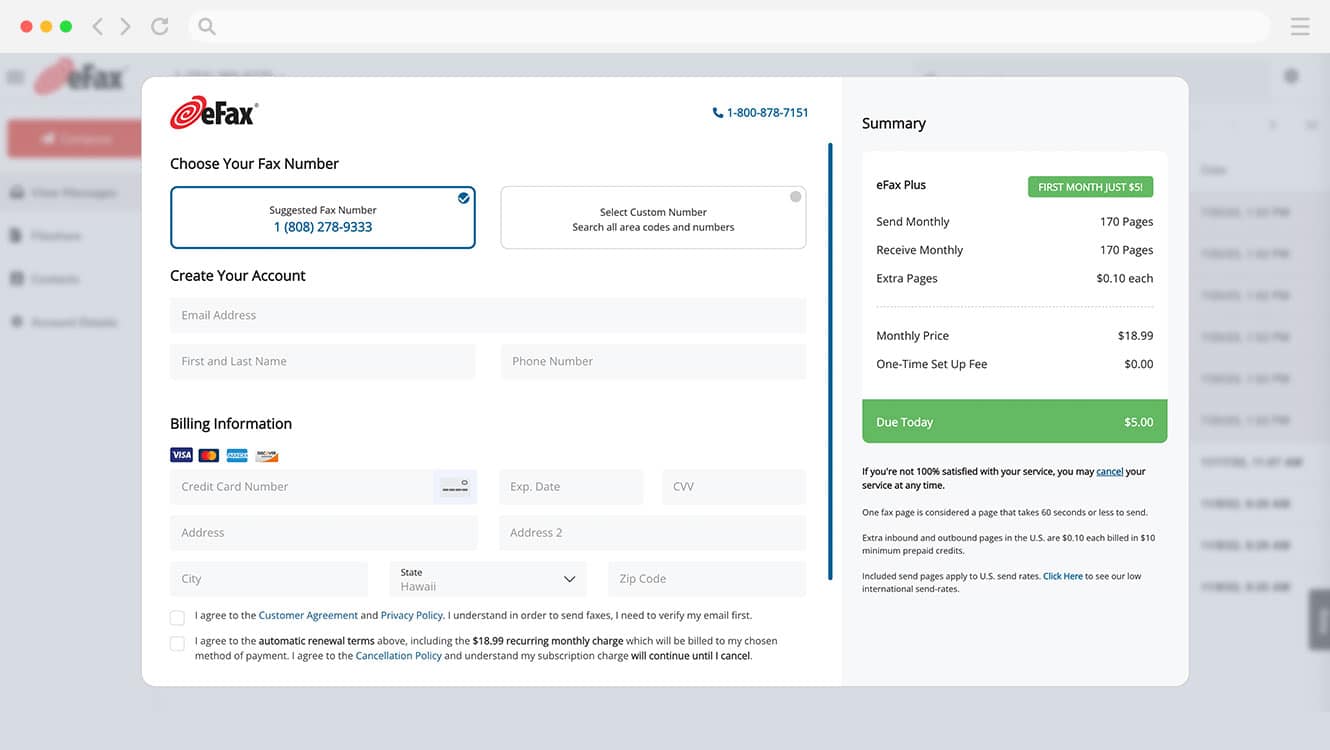
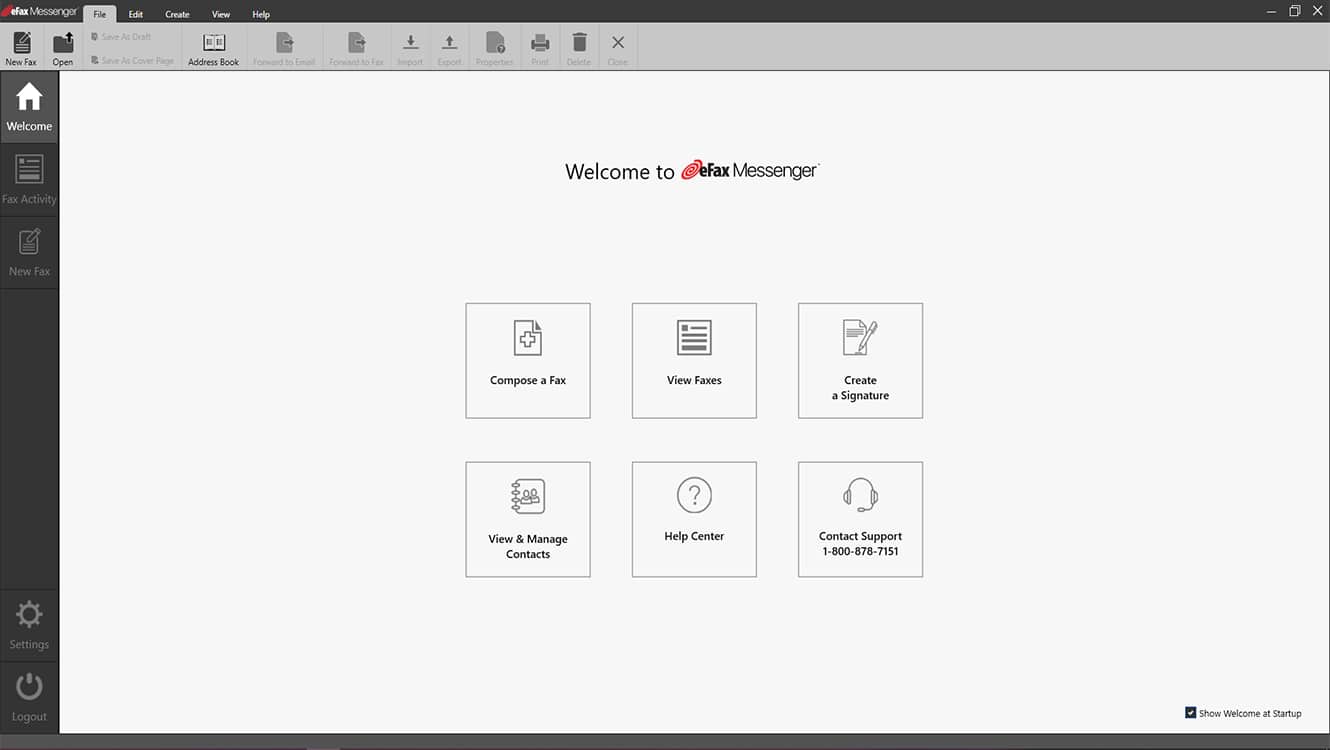
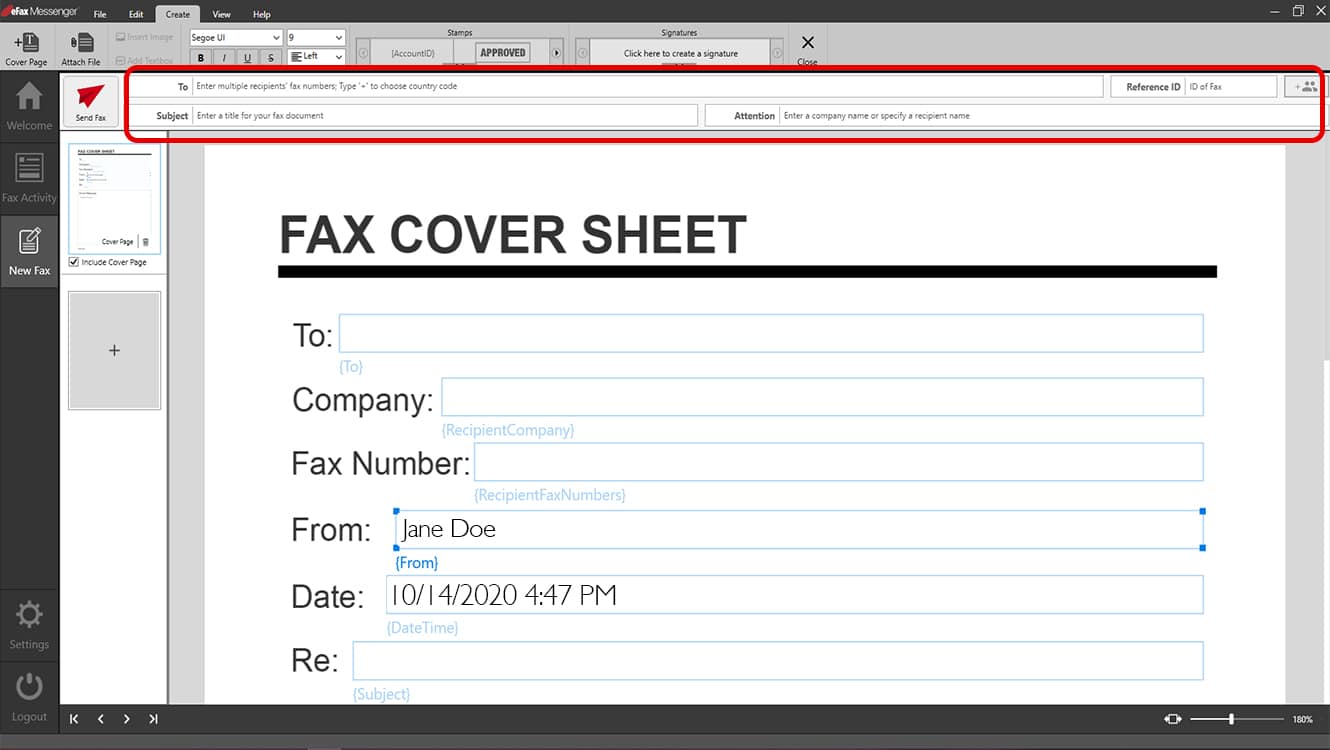
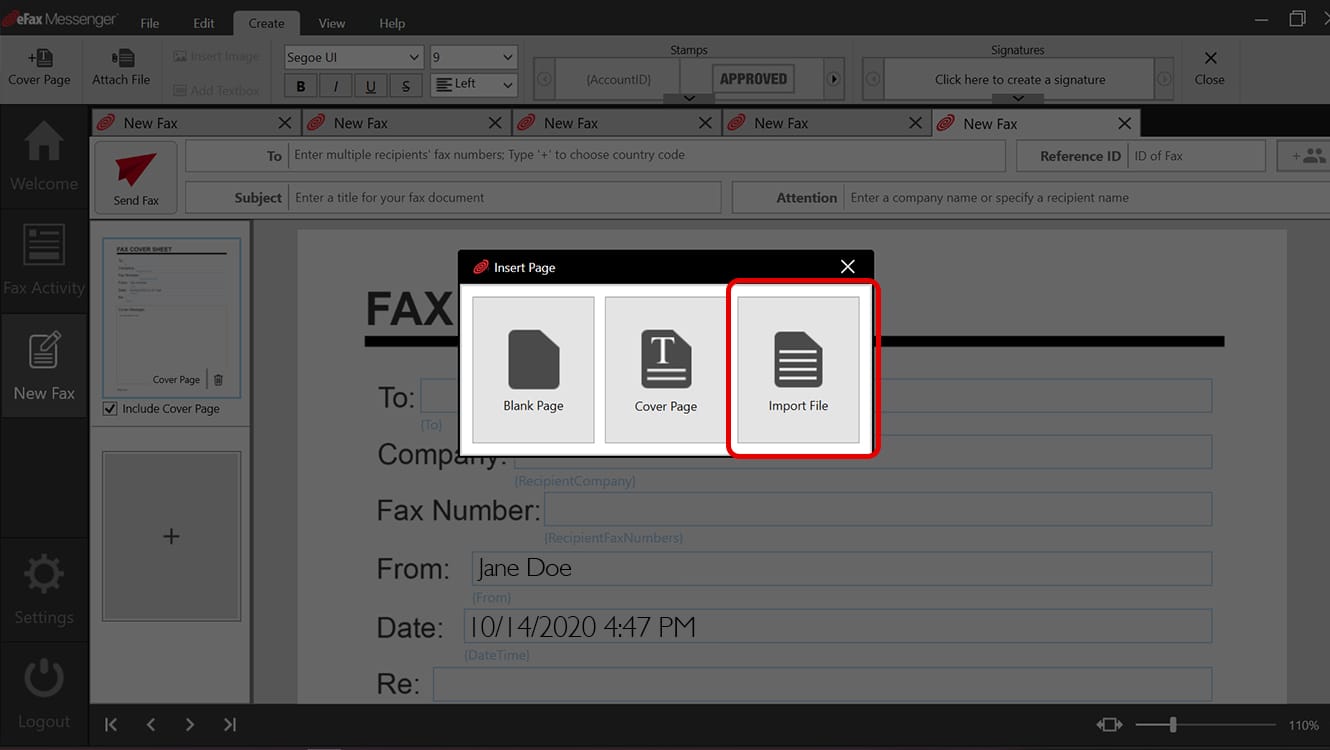
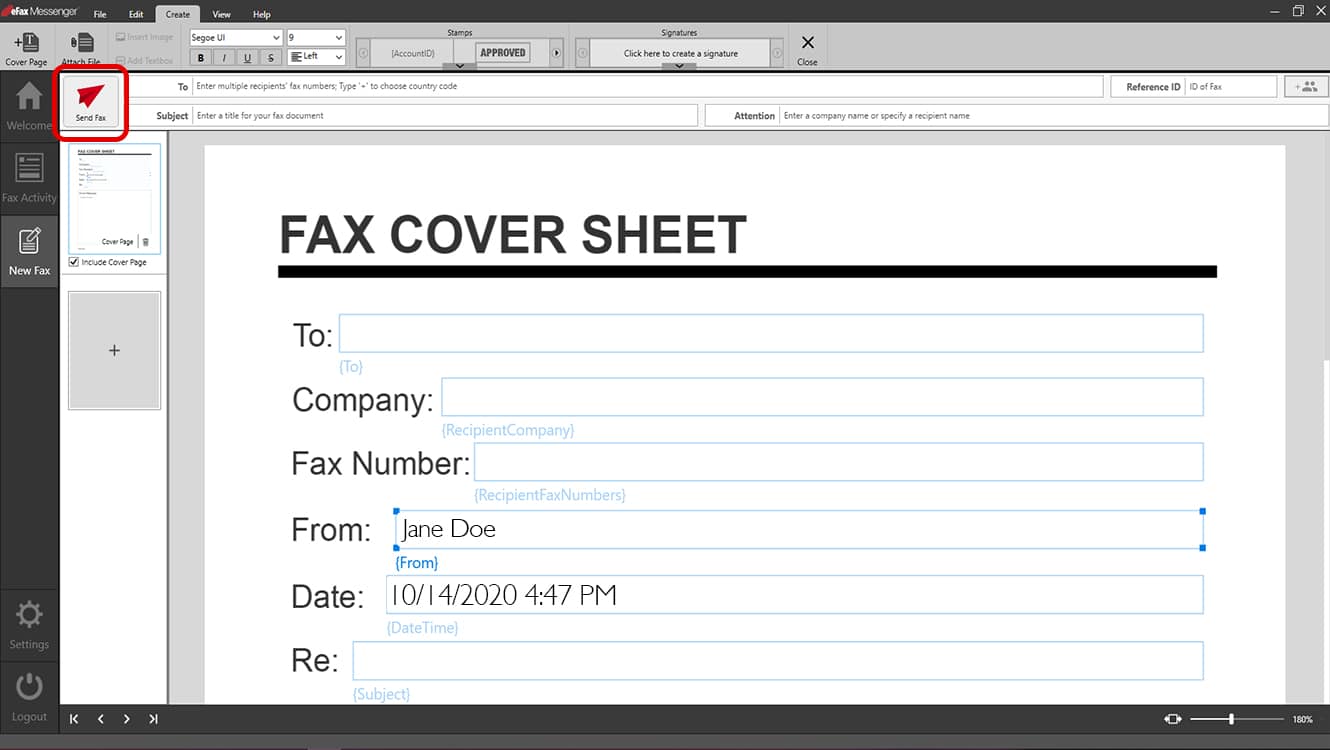
How to Fax JPEG Images Using a Traditional Fax Machine
It’s possible to send image files using a traditional analog fax machine, but only if you’re able to print the image first. To do this, you’ll need the following:
- An image file
- A printer
- Printer paper and toner
- A fax machine
- A fax line
- Fax toner and paper
Here’s how to send a fax by traditional fax machine step by step:
- Open your image file on your computer.
- Print the image file to your printer — you’ll have to add a printer or reconnect if you haven’t used one in a while.
- Take the printed page to your fax machine and place it in the feeder tray.
- Dial the fax number of the recipient and hit send.
4 Tips for Successfully Faxing Images
Faxing a printed image file is time-consuming and awkward, but it also causes a heavy loss in image quality. Here are four ways to fax images without issues.
Use a digital eFax online fax account
An online fax account makes it easier to attach image files to faxes and send them to any fax number. Simply open your eFax app or online portal, compose a new fax and attach your image to send it.
Make sure the images you’re sending are high enough resolution to look good on a standard letter page if printed out. This scale will help your image look good even if the receiver accepts your fax on a traditional fax machine.You will still see some loss, but not nearly as much as if you’d used a poor-quality image or sent it via an analog fax machine.
Because eFax allows you to send large files up to 20 GB as a fax, you can attach the original, high-resolution file, also called the “raw” file, as an attachment. This allows you to send the best-quality image.
Send directly from your device
If you took a photo or saved an image on your smartphone or tablet, you’ll want to send the image directly from that device. eFax digital fax accounts let you send a fax from any web-connected device anytime.
Can Faxing a JPEG File Lead to a Loss of Image Quality?
Before online services and other fax options, you used a fax machine to send documents and images. Fax machines could only send standard letter-sized paper, so any image had to be scanned and printed on paper before transmission.
Faxing was an arduous method in which the machine scanned and encrypted the message for transmission over a telephone line. The fax machine at the receiving end would decode the transmission and print the information. This scanning, encryption, and decoding process often was rarely efficient, and the recipient ended up with a copy of a copy.
Additionally, traditional fax machines are usually set to a low resolution to ease transmission over phone lines. As a result, your recipient ends up with a photo that has been stripped of its original quality. Faxed photos often appear grainy or blurry and distorted. To resolve this issue, you might consider emailing a photo instead. The problem with sending JPEGs by email is that most providers have size limits on messages, meaning you have to compress images to meet the threshold.
Compressing an image strips out some of the quality to lower the file size. Doing this multiple times can especially distort the image. Although the recipient might not see the difference when they open an email on their computer, they will notice it later. When they want to print the photo or add it to a print-ready document, it will appear blurry or pixelated.
That inefficiency is a thing of the past. Online services like eFax are as simple as emailing, yet more effective. The images you faxed will arrive clear, without any distortion and ready for use.
What’s an Appropriate File Size Range for Faxing a JPEG Image?
The size of a JPEG ranges from 540 KB to well over 100 MB. Generally, standard quality JPEGs range from 2 MB to 10 MB, with higher resolution files averaging around 55 MB. Depending on the JPEG’s use, stick with files over 1 MB. Any lower and you’re likely compromising image quality. When faxing an image, keep the image as small as possible without sacrificing quality. Large files increase transmission times and could incur overage charges.
There are exceptions, of course. Images for websites and other digital use are often smaller because using large files slows down the website. Opt for smaller file sizes if you’re working on a website and faxing images to your designer.
Fax Images Securely with eFax
Use our mobile app to fax JPEGs and other image files directly from your phone. We offer a variety of plans for individual and corporate use. Contact us to learn more and start sharing your images today.
Benefits of Using eFax to Send an Image
If you need to send someone an image, you might try to use email or fax it with a fax machine. The problem with those options is email can force you to compress large images, and faxing with a machine strips the image of quality. Both of these issues can be frustrating and time-consuming.
With eFax, you can easily upload photos directly from your phone, cloud storage like Google Drive or Dropbox, or browse files on your computer. Then, attach the images to your fax and send it right away to businesses or personal recipients from your mobile device or computer.
If you’re in a profession that’s often on the go, being able to fax an image is crucial. Imagine you’re a real estate inspector, and you need to send pictures of a potential issue to your client for sign-off. Email often imposes file size limits, and since you’re on the go, you can’t get back to the office right away. You can use eFax from your phone to quickly and safely send images to your client. They can review, sign off, and send the faxed image back to you.
Image File Sizes
The size of your image can affect the transmission time and image quality. Modern cameras are able to take extremely high-quality photos, so you should check the file size before you fax it. Here are our recommendations for image file size:
- Standard quality JPEGs should be 1 MB minimum. If it is any smaller, you’re likely compromising image quality.
- Generally, JPEGs range from 2 MB to 10 MB for standard quality.
- High-resolution files average around 55 MB.
- Large files increase transmission times and could incur overage charges.
Supported File Formats
eFax offers the flexibility of a file-sharing service combined with the privacy and encryption of a fax machine. JPEG files are just the tip of the iceberg! Our online fax service (via eFax App or eFax Messenger) supports more than 170 standard file formats. Your images are in good hands when you attach them to your fax with eFax.
Faxing Specific Types of Documents
Easily learn how to fax various types of documents by following our step-by-step guides. Whether you’re working with PDFs, JPEGs, or cover sheets, we’ve got you covered.
Send and Receive Faxes in Minutes
Fax 170+ File Formats Directly from Your Mobile App With eFax
eFax offers all the flexibility of a file-sharing service with the security of a fax machine. Our online fax service supports more than 170 standard file formats. JPEGs are just the tip of the iceberg. With eFax, you can be sure the recipient receives a high-quality image. Use our mobile app to send JPEGs and other image files directly from your phone. We offer a variety of plans for individual and corporate use. Contact us to learn more and start sharing your images today.
Related FAQs Around Faxing Pictures
Yes! With eFax, you can compose a fax and attach an image (or multiple images)! eFax has a convenient mobile app and a desktop application, so you can fax images anytime, anywhere.
Faxing an image is simple with eFax! Just sign up for an eFax subscription, download and open the eFax Messenger or App, and compose a fax. Attach your images and hit send. Your image will arrive at your destination in no time. You’ll even receive a delivery confirmation, and your recipient will get a notification when the image arrives.
Fax machines are designed to receive and send documents, not text messages. However, with eFax’s online fax service, you can send and receive images to your smartphone or computer. eFax makes it easy to send pictures as quickly as sending a text message. Download a free trial of eFax and try sending JPEG images to your friends or business quorum.
It’s easy to send a picture from your phone using an internet fax solution like eFax. Just sign up for an account and download the eFax app. Then, open it to compose a fax and attach photo files right from your phone, which you can send to any fax number.
Download the eFax app from the Apple App Store for iOS and compose a fax. This way, you can attach pictures right from your phone and send them to any fax recipient.
There are two ways to turn a photo into a fax:
1. Print it from your computer and send it on a traditional fax machine or
2. Use a digital fax solution like eFax to attach your photo as a fax and send it quickly and easily.





